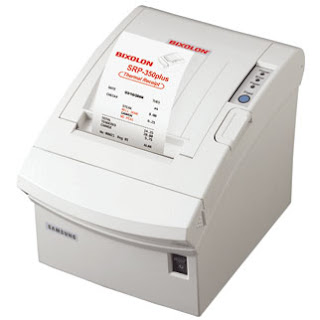Thermal printers are favored by businesses because they are fast, cheap, quiet, and can print in color using wax based "solid ink" or individual colored thermal ribbon cartridges, with a wide spectrum of colors.
1). Choose the right type of thermal paper, preferably one recommended by the manufacturer of your thermal printer, to ensure that the color prints coming out of your thermal printer meet a high specification, and purchase a printer designed for thermal printing. Feed the thermal paper correctly into the thermal printer, and store paper properly, away from sources of heat and moisture, ideally in a manila envelope.
2). Switch on the printer, so the print head heats up. Connect your input device to printer. Insert the color thermal paper, making sure it's the correct type and size, with the print side facing the print head. Input data to the printer. As the heated printer head passes the surface of color thermal paper, it is heated and activates the chemicals in the thermal paper, producing hues of black, blue or red, based on the pigmentation (color) of the thermal paper and the amount of heat applied.
3). Place appropriate thermal paper, print side facing print head, into a thermal printer containing ribbon printer cartridges. Available at most office electronics stores or thermal paper suppliers, the ribbon cartridges introduce ink, in the form of wax, resins or a mixture of both, to the thermal printer. This "solid ink" is melted by the heat from the thermal printer, and as it comes into contact with the thermal paper, it sticks to form the image.
